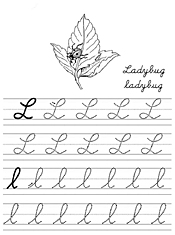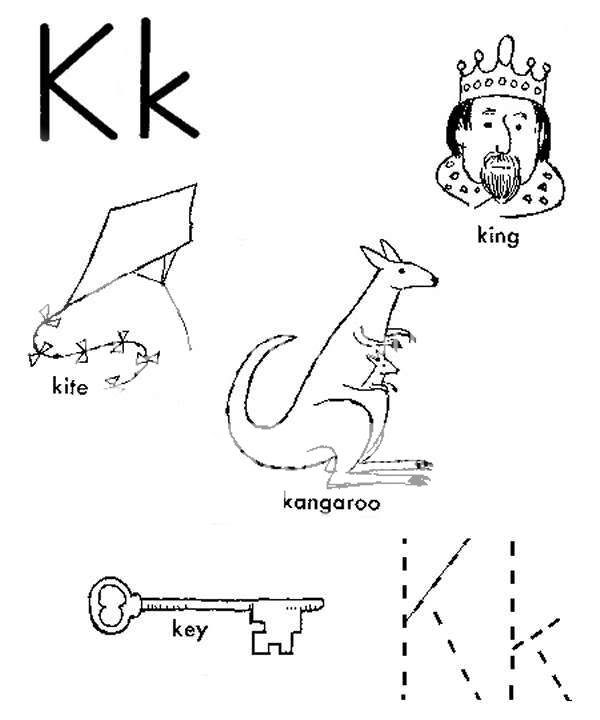Lila64
Blue Crack Distributor
I almost went for "L' for obvious reasons, but in the end I had to vote for "M". This covers Maddy AND Mommy 



tiny dancer said:mmmmmmmmmmmmmmmmmmmmmmmm!!!!!
Bug said:



 LMNOP is my favorite letter.
LMNOP is my favorite letter.
YES!LemonMelon said:L 4 Ever

Curvy.

Just vote for Lkafrun said:Why is LMNOP not an option?LMNOP is my favorite letter.

tpsglick2424 said:I actually voted for N because N sideways is Z, and Z is for Zach!









Ellay said:I don't understand the Y consonent/vowel thingy.
how can it be a vowel
Chizip said:
Yes, the letter Y is a vowel or a consonant! In terms of sound, a vowel is 'a speech sound which is produced by comparatively open configuration of the vocal tract, with vibration of the vocal cords but without audible friction...', while a consonant is 'a basic speech sound in which the breath is at least partly obstructed' (definitions from the New Oxford Dictionary of English, 1998). The letter Y can be used to represent different sounds in different words, and can therefore fit either definition. In myth or hymn it is clearly a vowel, and also in words such as my, where it stands for a diphthong (a combination of two vowel sounds). On the other hand, in a word like beyond there is an obstacle to the breath which can be heard between two vowels, and the same sound begins words like young and yes. (This consonant sound, like that of the letter W, is sometimes called a 'semivowel' because it is made in a similar way to a vowel, but functions in contrast to vowels when used in words.) Whether the letter Y is a vowel or a consonant is therefore rather an arbitrary decision. The letter is probably more often used as a vowel, but in this role is often interchangeable with the letter I. However, the consonant sound is not consistently represented in English spelling by any other letter, and perhaps for this reason Y tends traditionally to be counted among the consonants.


Chizip said:
Yes, the letter Y is a vowel or a consonant! In terms of sound, a vowel is 'a speech sound which is produced by comparatively open configuration of the vocal tract, with vibration of the vocal cords but without audible friction...', while a consonant is 'a basic speech sound in which the breath is at least partly obstructed' (definitions from the New Oxford Dictionary of English, 1998). The letter Y can be used to represent different sounds in different words, and can therefore fit either definition. In myth or hymn it is clearly a vowel, and also in words such as my, where it stands for a diphthong (a combination of two vowel sounds). On the other hand, in a word like beyond there is an obstacle to the breath which can be heard between two vowels, and the same sound begins words like young and yes. (This consonant sound, like that of the letter W, is sometimes called a 'semivowel' because it is made in a similar way to a vowel, but functions in contrast to vowels when used in words.) Whether the letter Y is a vowel or a consonant is therefore rather an arbitrary decision. The letter is probably more often used as a vowel, but in this role is often interchangeable with the letter I. However, the consonant sound is not consistently represented in English spelling by any other letter, and perhaps for this reason Y tends traditionally to be counted among the consonants.


Chizip said:
Yes, the letter Y is a vowel or a consonant! In terms of sound, a vowel is 'a speech sound which is produced by comparatively open configuration of the vocal tract, with vibration of the vocal cords but without audible friction...', while a consonant is 'a basic speech sound in which the breath is at least partly obstructed' (definitions from the New Oxford Dictionary of English, 1998) . . . .



love_u2_adam said:
k is also for kiss
 ....Y is still better when it's in vowel form
....Y is still better when it's in vowel form


Chizip said:
Yes, the letter Y is a vowel or a consonant! In terms of sound, a vowel is 'a speech sound which is produced by comparatively open configuration of the vocal tract, with vibration of the vocal cords but without audible friction...', while a consonant is 'a basic speech sound in which the breath is at least partly obstructed' (definitions from the New Oxford Dictionary of English, 1998). The letter Y can be used to represent different sounds in different words, and can therefore fit either definition. In myth or hymn it is clearly a vowel, and also in words such as my, where it stands for a diphthong (a combination of two vowel sounds). On the other hand, in a word like beyond there is an obstacle to the breath which can be heard between two vowels, and the same sound begins words like young and yes. (This consonant sound, like that of the letter W, is sometimes called a 'semivowel' because it is made in a similar way to a vowel, but functions in contrast to vowels when used in words.) Whether the letter Y is a vowel or a consonant is therefore rather an arbitrary decision. The letter is probably more often used as a vowel, but in this role is often interchangeable with the letter I. However, the consonant sound is not consistently represented in English spelling by any other letter, and perhaps for this reason Y tends traditionally to be counted among the consonants.

love_u2_adam said:but this ones by chizip







Hey, I like that movie!tpsglick2424 said:L is for LOSER


